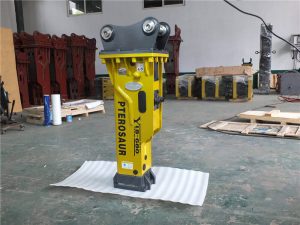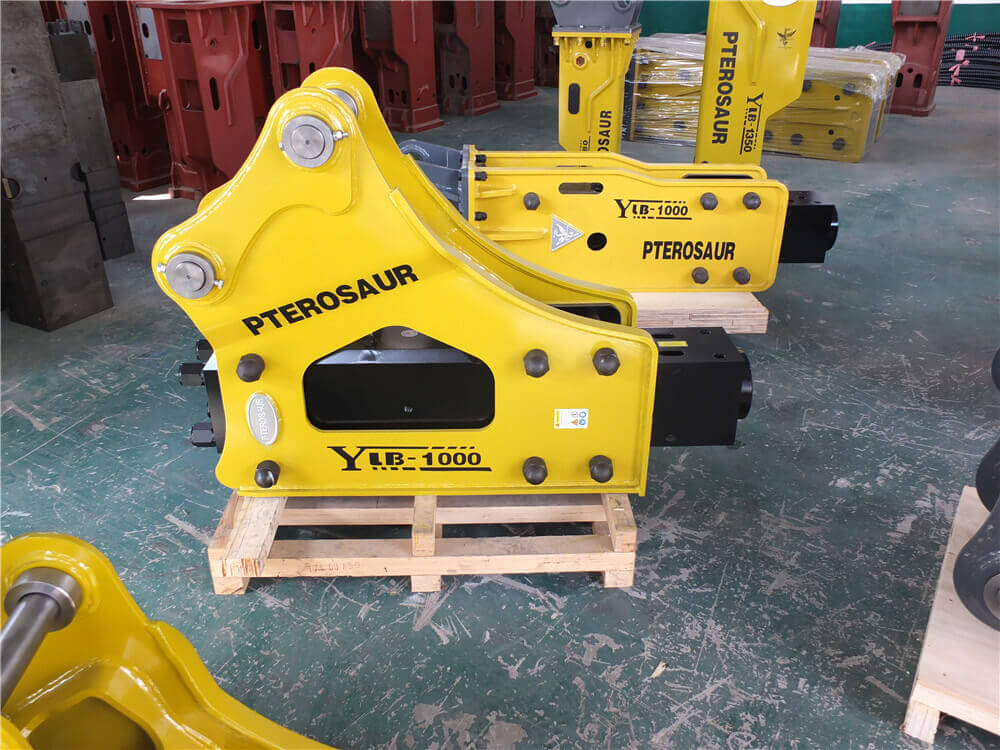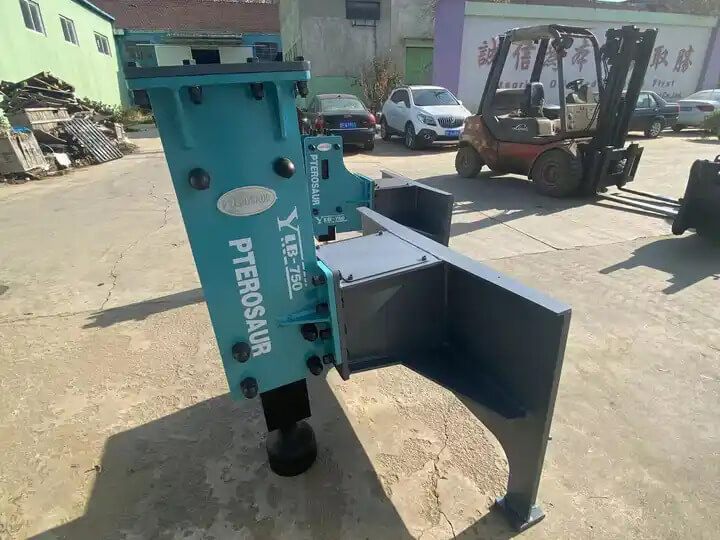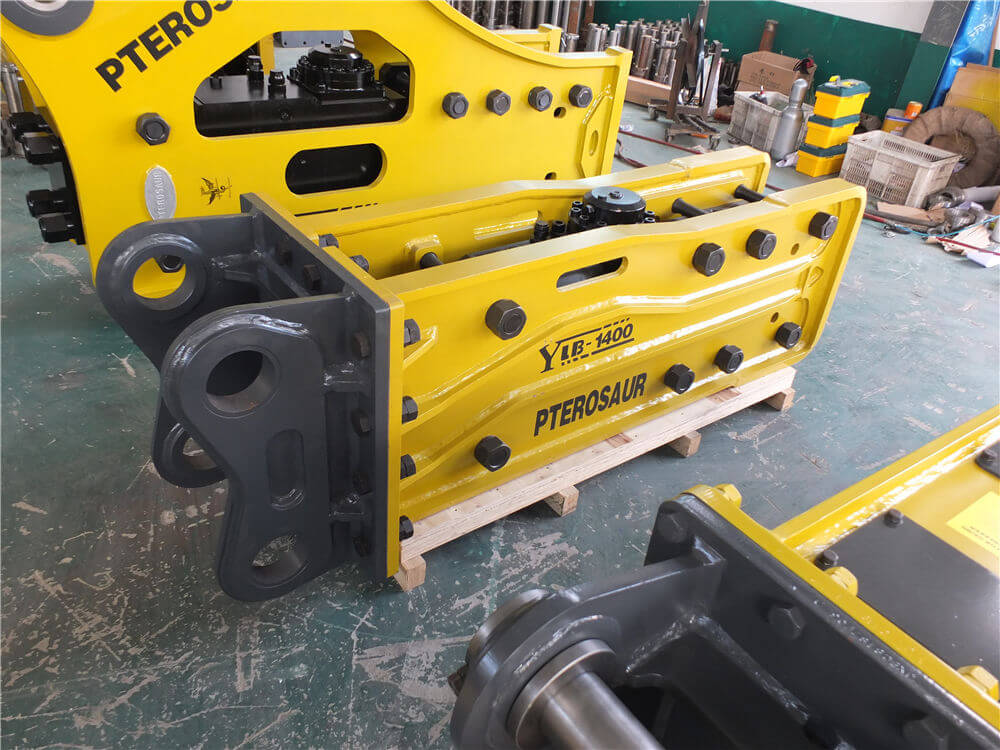Understanding Hydraulic Breakers: The Importance of Nitrogen Charging
Hydraulic breakers are essential tools in various industries, especially in construction and demolition. They work by using hydraulic pressure to lift a piston, which delivers powerful blows to break concrete, rocks, and other hard materials. One critical aspect of maintaining hydraulic breakers is ensuring they are properly charged with nitrogen gas. This article explores the significance of nitrogen in hydraulic breakers, the charging process, and the consequences of improper charging.
Why Nitrogen is Essential for Hydraulic Breakers
Nitrogen plays a vital role in the operation of hydraulic breakers. At the core of this mechanism lies the accumulator, a component filled with nitrogen gas. The accumulator serves a dual purpose: it stores the energy from the previous blow and balances the energy during the recoil of the piston. This stored energy is essential for the next blow, increasing the breaker’s striking power.
Using nitrogen is advantageous due to its inert properties, which prevent chemical reactions that could damage the hydraulic system. Moreover, nitrogen gas can withstand high pressures, making it ideal for maintaining the efficiency of hydraulic breakers.
The Charging Process: How to Fill Hydraulic Breakers with Nitrogen
Charging a hydraulic breaker with nitrogen requires specific tools and a straightforward process. Here’s a simplified guide to ensure your hydraulic breaker operates at optimal performance:
-
Gather Necessary Tools: You will need a nitrogen gas bottle, a pressure gauge, a wrench, and the hydraulic breaker attachment.
-
Connect the Equipment: Attach the larger end of the hose to the nitrogen gas bottle and secure it tightly with the wrench.
-
Set the Pressure: Before filling, it’s crucial to check the pressure gauge to determine the current nitrogen level in the accumulator.
-
Fill the Accumulator: Open the valve on the nitrogen gas bottle to begin filling the accumulator to the recommended pressure, typically around 2.5 ± 0.5 MPa.
-
Monitor During Filling: Continuously monitor the pressure gauge to avoid overfilling, which can lead to malfunctioning of the hydraulic breaker.
-
Seal and Test: Once the desired pressure is reached, seal the system and conduct a test to ensure everything is functioning correctly.
Consequences of Improper Nitrogen Charging
Failing to maintain the correct nitrogen charge can significantly impair the functionality of a hydraulic breaker. Here are a few potential issues:
-
Low Nitrogen Levels: If the nitrogen level is too low, the hydraulic oil pressure may not be sufficient to push the piston upward, resulting in a loss of striking power and efficiency.
-
Excessive Nitrogen: Conversely, adding too much nitrogen can raise the accumulator pressure excessively. This situation can prevent the hydraulic fluid from effectively compressing the nitrogen, leading to energy storage failure and ultimately causing the hydraulic breaker to malfunction.
-
Performance Degradation: Inadequate nitrogen levels can result in slower operation and reduced impact force, making the hydraulic breaker less effective in its tasks.
Conclusion
In summary, nitrogen charging is a critical maintenance step for hydraulic breakers that directly affects their performance and reliability. Understanding the importance of nitrogen, following the proper charging procedures, and being aware of the consequences of improper charging can ensure that hydraulic breakers operate efficiently and effectively in demanding environments. Whether you’re a seasoned professional or new to using hydraulic breakers, maintaining correct nitrogen levels will significantly enhance your equipment’s performance.




































